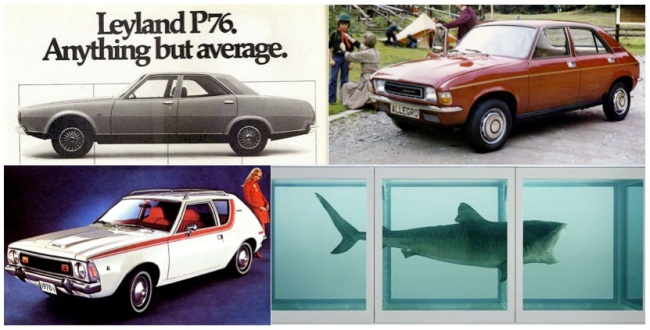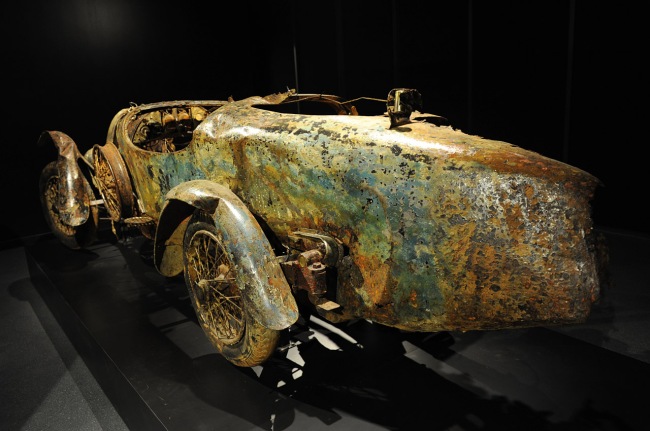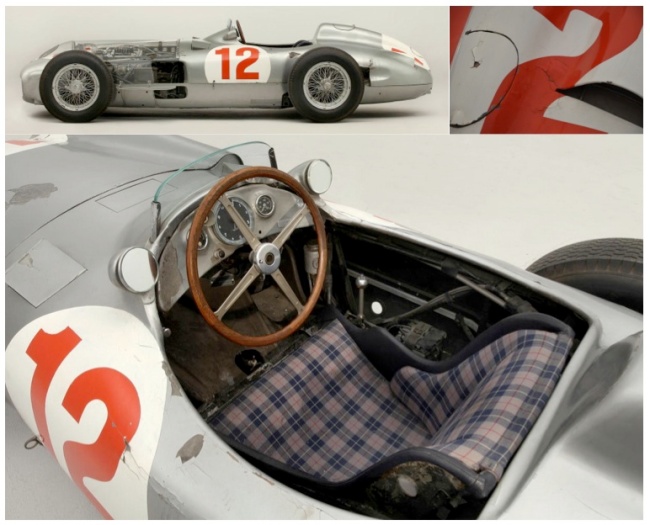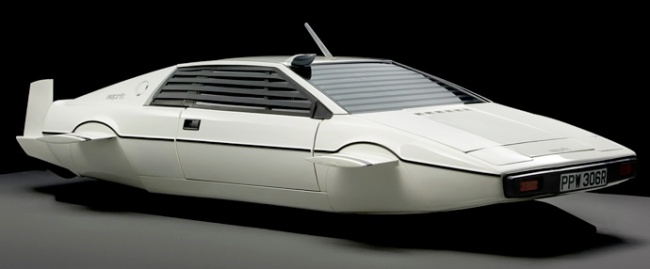It sort of crept up on me, but today I realised that cars have now become legitimate, bona fide works of art. I always had a feeling it would happen one day and had many a strident discussion on the matter when undertaking 4 years of art history as part of my degree, but now I have realised that day has dawned. More importantly, I love it as it means that a significant segment of public perception has changed to allow this to happen, a shift towards an understanding that the visual embodiment of a tale is art and a thing of beauty to be admired and revered.
Now, before the car fanatics start to wildly gesticulate towards the Museum of Modern Art in New York to show that cars cars are already art, I am fully aware they have 3 cars in their collection and have for many years. Likewise BMW has their art car collection graced with works by Calder, Done, Lichtenstein Hockney and Jagamara, but they simply represent cars as a canvas or style icons of an era in the case of the MOMA cars. On the flip-side, for the arty fans that start facetiously asking whether that means the Leyland P76, AMC Gremlin or Austin Allegro (insert regional car of derision here) fall into the high art category, I’ll direct you to Dogs Playing Cards, Black Velvet Elvis paintings or “The Physical Impossibility of Death in the Mind of Someone Living”, otherwise known as “Shark in Formaldehyde”, and see how well you can argue the case.
So, back to the point at hand. In the last couple of weeks, two sales have occurred that have illustrated that the line between collectible cars and investment-grade art hasn’t just been crossed, at least in one case a standing broad jump has been made across that line. Before we launch straight into those particular sales, the first car that stepped over the line into pure art, for me, was the Lake Maggiore Bugatti. Submerged for 70 years, it reached $360,000 when raised from its watery grave and put up for sale in 2010. It would be a stretch to call the collection of elements bought for that significant sum as a car. Requiring a substantial fabricated frame to hold it all together, it is now housed in a room of its own in the Mullin Automotive Museum so you can appreciate it as the work of art it has become. It has a story to it’s past, it’s burial, exhumation and survival that make you think, the reason for being for most art.
More recently, the sale that really stamped the shift to vehicles as being capable of also being fine art was that of Fangio’s Mercedes-Benz W-196 for $30,000,000 in July 2013 – pause on that for a second, 30, followed by 6 zero’s – is a staggering amount. Enough to buy you works by recognised Masters such as Van Gogh or Monet, or a Rodin or Moore in the world of sculpture. What makes this more astounding is that this is not a highly polished, gilt edged work of automotive glory, no this is a beaten up, cracked, faded and thoroughly used motor vehicle that would require many more zeros to appear on a cheque before it would even run (if that was to ever happen). This car represents a rolling work of sculpture with every blemish forming part of its character. Think of it the same way as Auguste Rodin’s “Thinker”, where the passage of time and exposure to the elements has created its own story since the work was completed.
The last sale that really sealed the deal for me was the sale of the James Bond Esprit. The Lotus marque is not really revered in the same way as Bugatti or the hallowed Silver Arrow Mercedes cars, but this particular fab fibreglass creation fetched $967,000. More remarkably, this example is no longer even a car, ‘Wet Nellie’ as it is affectionately known, is in fact a working submarine. Again, it is not going to ever be used as a car again, and will never be dunked in water for fear of ruining the substantial investment it represents, rather it will be displayed as a static icon of our adoration to the silver screen and the characters that feature on it.
I’m sure some of you will read this and mutter “a fool and his money…” or something to that effect, but keep in mind there are a few basic market rules in play in these scenarios. Basic supply and demand governs the fact that at least two people (if not significantly more) had to drive up the price of these examples to their lofty heights and the fact that these are not run of the mill, average examples of cars, they follow the rule of “Special then, special now”. Combine that factor to the added value of a story to be told with each of these cars and the glory that comes with being the owner of them (remember that Customer Value Equation that I referenced in my first entry) and they are definitely worthy art pieces.
So there you have it, cars as art. Let the arguments begin…
…oh, and I noticed I got distracted again from my plan of delving into the world of Springtime Classics. I’ll try again for my next post – maybe.
